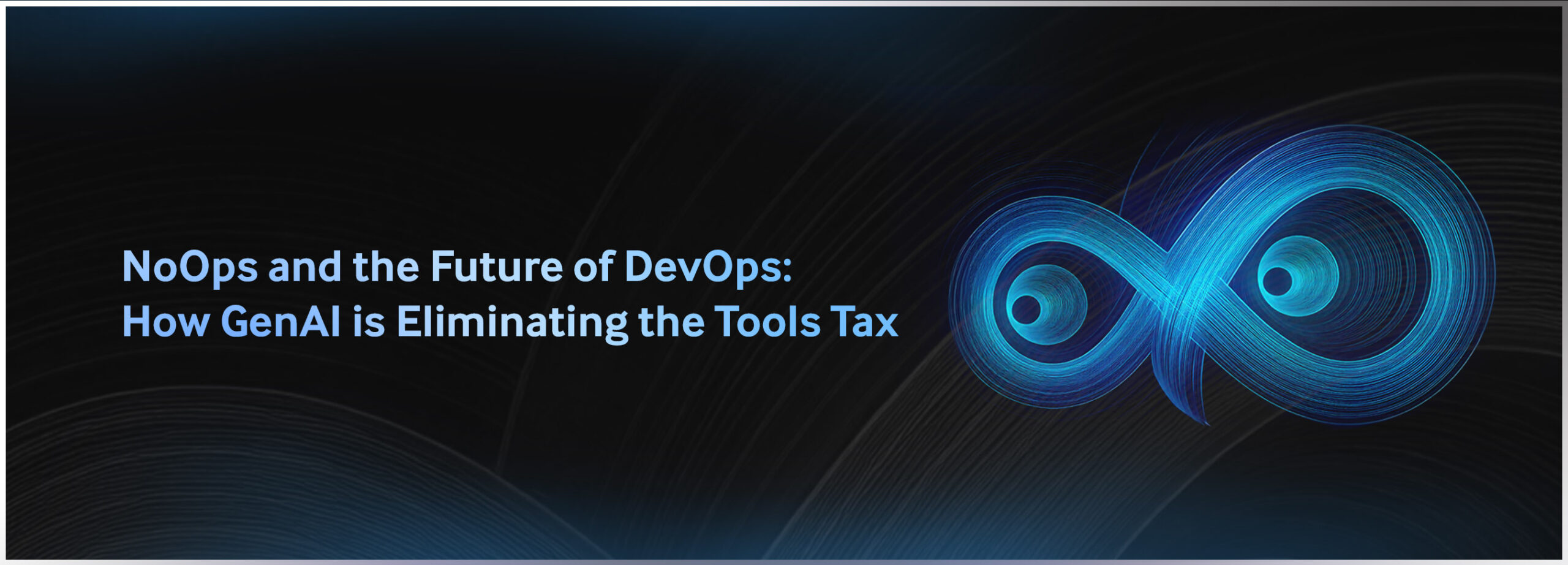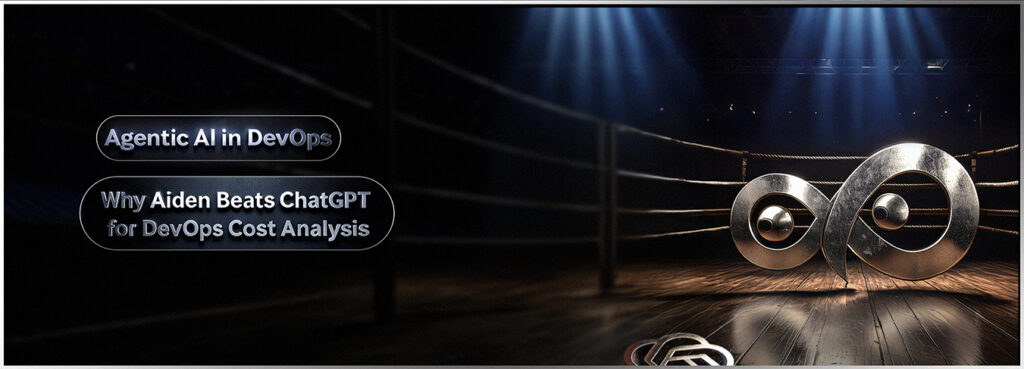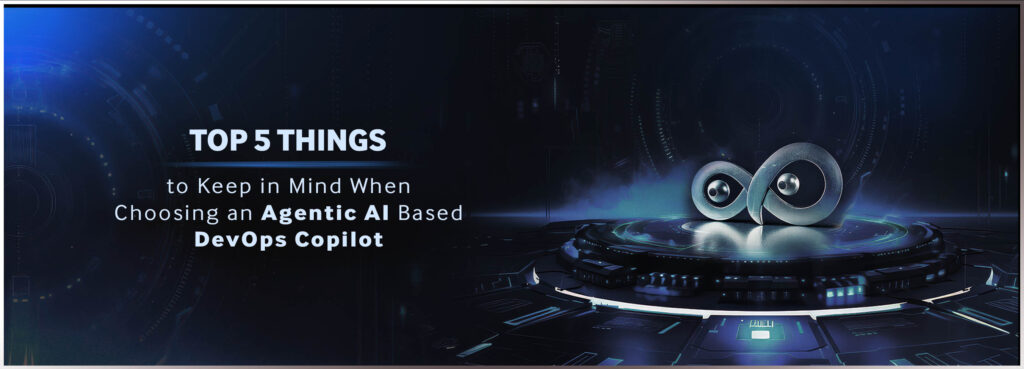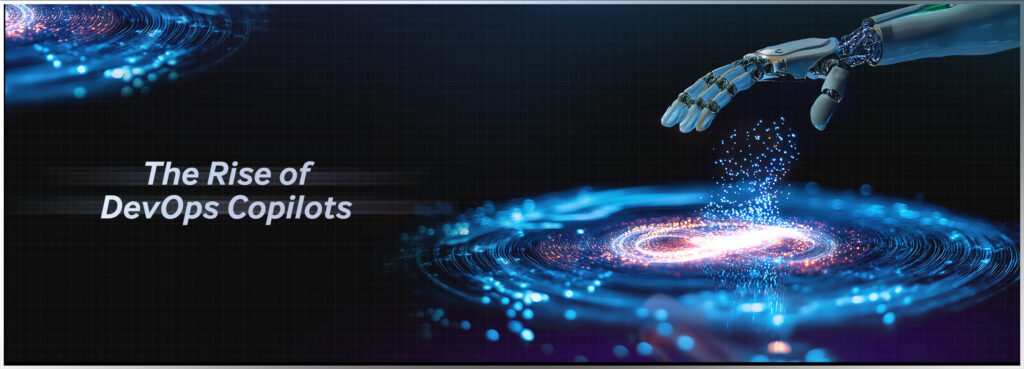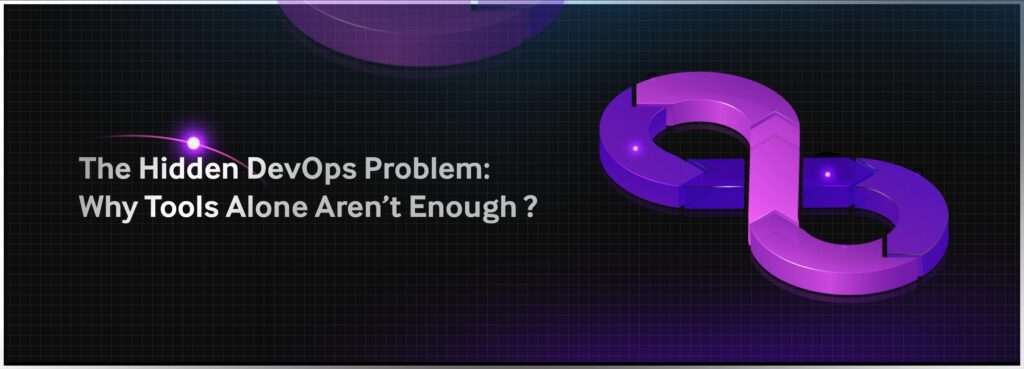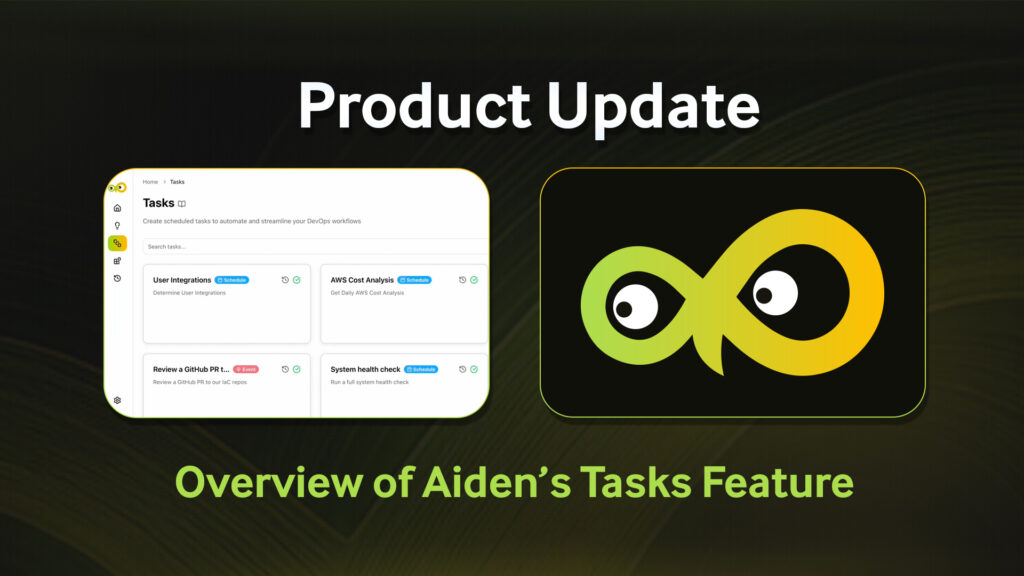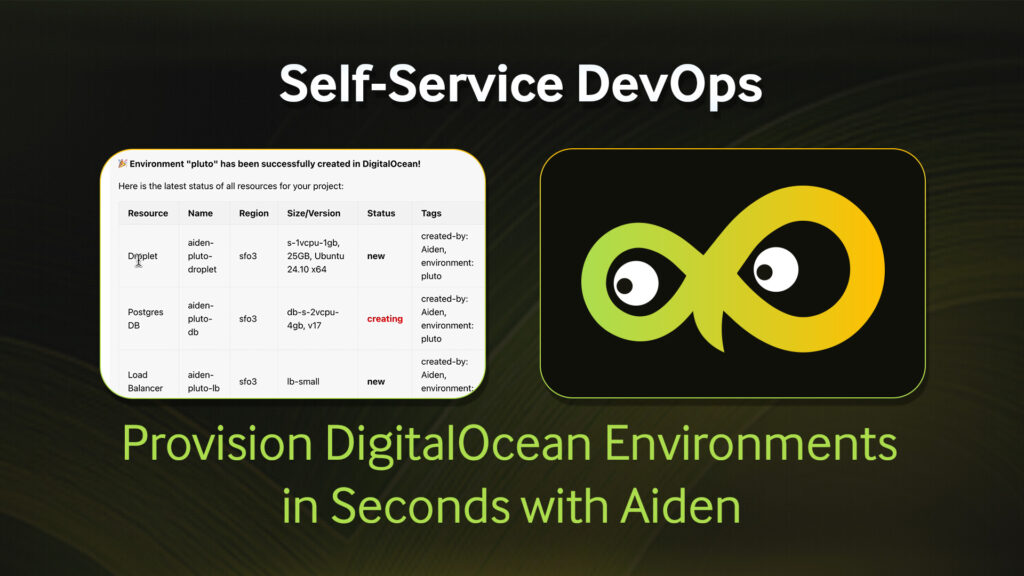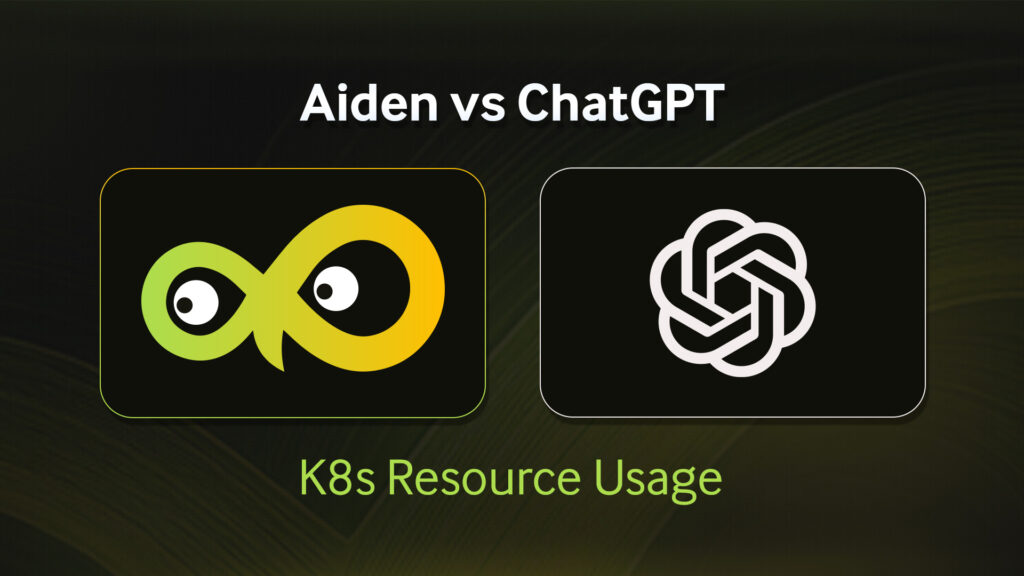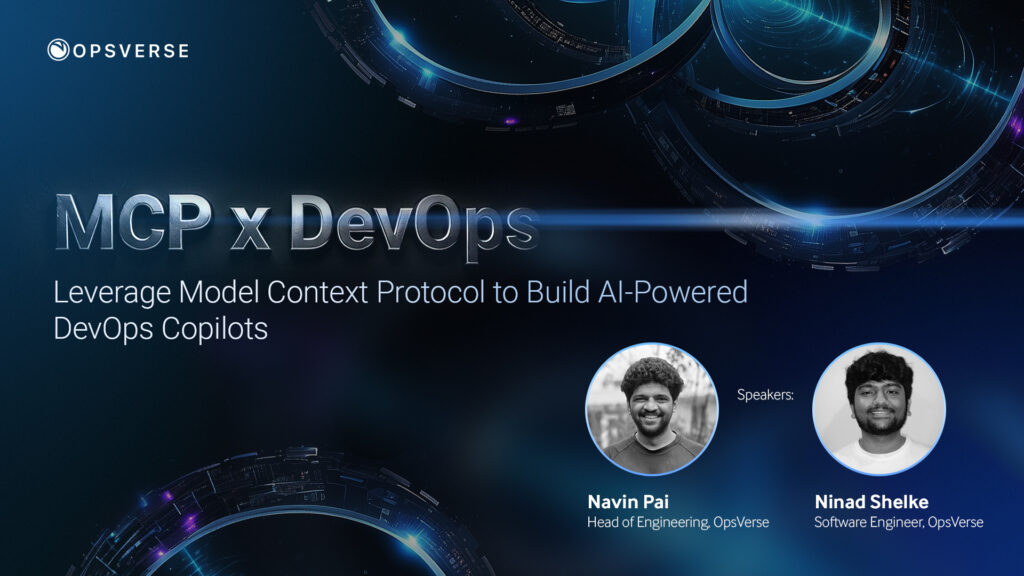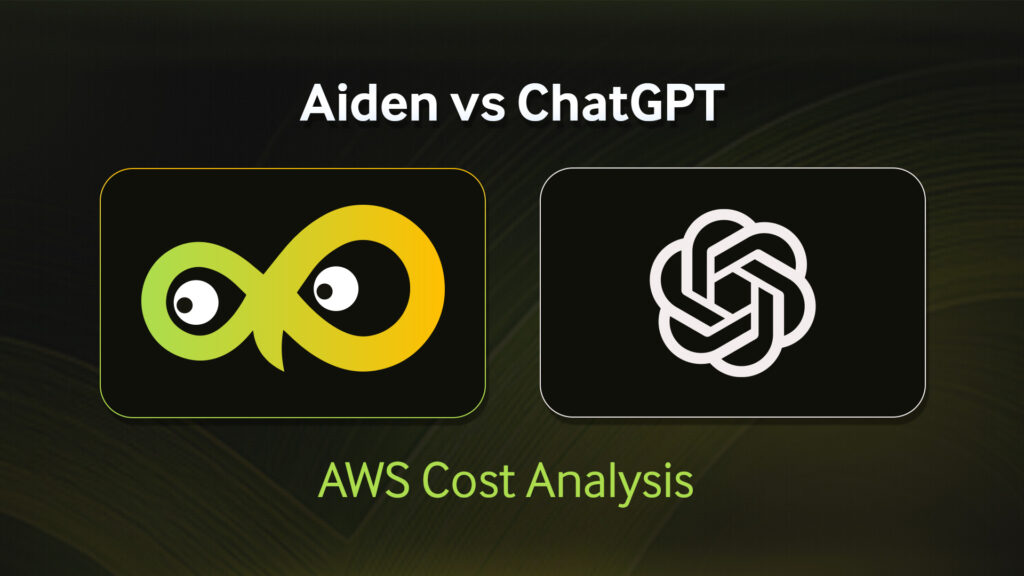Software development has evolved into a complex symphony of tools, platforms, and processes. While each new tool promises to solve specific challenges, together they’ve created an unexpected burden on development teams. The very solutions meant to streamline our work have paradoxically become a source of friction.
A shocking stat from Gartner reveals the scale of this crisis: developers spend only 10-25% of their time actually writing code. The remaining 75% is consumed by what we call “operational toil” – the complex maze of DevOps tools and processes that modern development requires. This phenomenon, which we at OpsVerse call the “tools tax,” is becoming an increasingly critical challenge for organizations.
The Tools Tax: A Hidden Productivity Killer
Picture this: You’re a developer who receives a production incident alert. What happens next? You need to:
- Navigate through observability systems to check logs and metrics
- Access cloud platforms or runtimes like K8s to assess the current state
- Access the CI/CD tools to track down recent deployments and their changes
- Understand dependencies and their potential impacts
- Quickly find the root cause of the issue and formulate a fix
For new engineers joining a team, this process becomes even more daunting. It can take months to understand the various tools and organization-specific processes. With modern development platforms requiring 10+ specialized tools, this fragmentation creates a significant burden on productivity.
Enter GenAI: The Bridge to NoOps
While Generative AI has already transformed how we write code through tools like GitHub Copilot, its impact has been primarily limited to what we call the “inner loop” of development – the actual coding process. The “outer loop” – the journey from code to cloud – remains largely untouched. This is where the real optimization opportunity lies.
The Promise of NoOps
It’s important to clarify: NoOps isn’t about eliminating operations – it’s about eliminating operational toil. The vision is to create an environment where tools become self-healing, self-optimizing, and self-securing, allowing developers to focus purely on creating value.
Four Key Ways GenAI is Reshaping DevOps
1. Conversational Interface for DevOps
Imagine being able to interact with your entire platform through natural language, regardless of the underlying tools. Instead of navigating multiple interfaces, you could simply ask questions like “Why is our cloud cost higher this month?” and receive comprehensive answers drawing from multiple data sources.
2. Cross-Tool Insights Engine
GenAI’s ability to analyze patterns across multiple tools brings unprecedented visibility. It can:
- Correlate CI pipeline slowdowns with specific Git commit patterns
- Identify relationships between test environment usage and cloud cost spikes
- Surface insights that would be impossible to spot when looking at tools in isolation
3. Intelligent Automation
Unlike traditional rigid automation, GenAI brings contextual intelligence to workflows. It can:
- Adapt processes based on changing conditions
- Handle unexpected scenarios gracefully
- Learn from past incidents
- Maintain human oversight for critical decisions
- Integrate security considerations throughout the process
4. No Code Developer Self-Service
Traditional developer self-service platforms often hit a wall when developers encounter issues or need customizations, forcing them to turn to DevOps teams for support. GenAI transforms this dynamic by creating a truly autonomous self-service experience. It can:
- Provide contextual guidance and troubleshooting without human intervention
- Automatically generate and adapt workflows based on developer needs
- Handle complex provisioning requests through natural language
- Create and modify infrastructure templates on demand
- Guide developers through best practices and security requirements
This capability effectively bridges the gap between developer needs and operational complexity, reducing dependency on DevOps teams while maintaining governance and security standards.
Getting Started with GenAI in DevOps
For organizations looking to leverage GenAI in their DevOps practices, here’s a recommended blueprint:
- Start with a simple Q&A system built on RAG (Retrieval-Augmented Generation)
- Integrate with a select few DevOps tools
- Implement human-in-the-loop automation
- Explore agentic systems for more complex workflows
The Road Ahead
The future of DevOps lies in eliminating the tools tax through intelligent automation and integration. By leveraging GenAI, we can move closer to the vision of NoOps, where operational toil is minimized, and developers can focus on what they do best – creating valuable software.
As we continue this journey, platforms like Aiden, OpsVerse’s DevOps copilot, are leading the way, showing how GenAI can transform the DevOps landscape from a complex maze of tools into a streamlined, intelligent platform that truly enables developer productivity.

